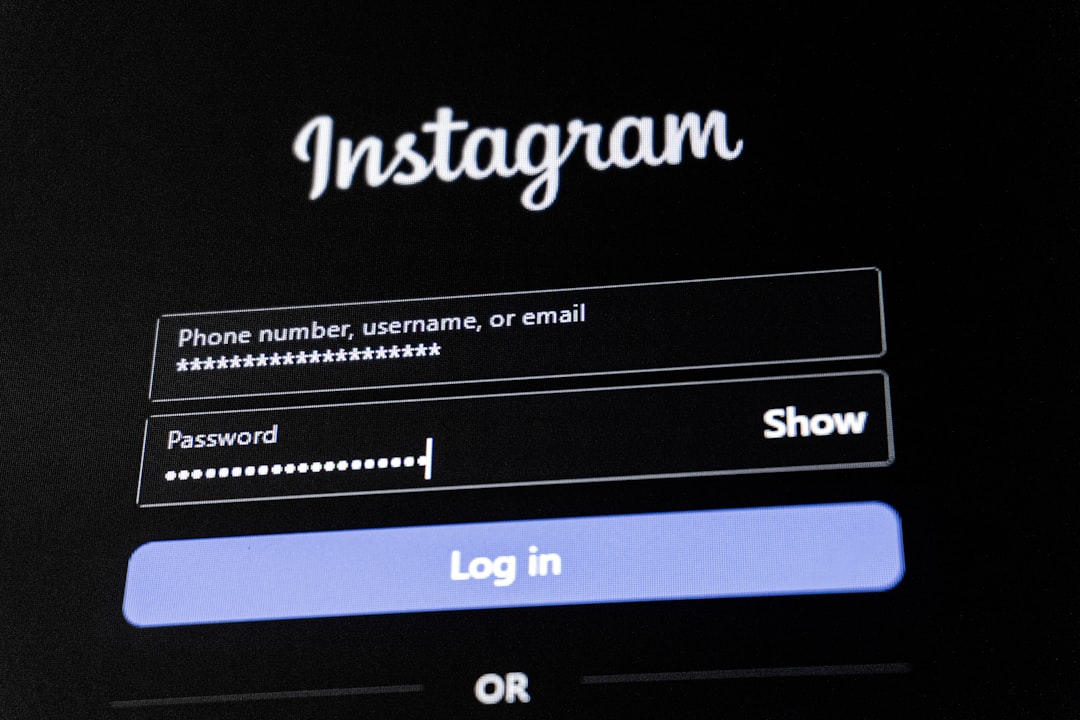When managing a Cisco network device, one of the essential pieces of information an administrator must know is the device’s admin password. The admin password grants access to the administrative interface of routers and switches, allowing users to configure settings, set up security protocols, and manage network functions. Without this password, gaining access to essential features becomes impossible, posing challenges to both daily operations and potential troubleshooting.

Most Cisco devices come with a default admin password. This is usually set by the manufacturer and can often be found in the device’s manual or on the back of the device itself. However, using the default password for extended periods is strongly discouraged due to security concerns. Unauthorized access could compromise the entire network, especially if the device is exposed to the internet or a poorly secured local network.
Default Cisco Admin Passwords
In many Cisco products, the default username and password are as follows:
- Username: admin
- Password: admin
These credentials are used for the initial login, especially after a factory reset. Some older devices may have different defaults or none at all, requiring the user to set one during the initial setup process.
Why You Should Change the Default Password
Although using the factory-set credentials may seem convenient, it also exposes the network to security risks. Attackers can easily find lists of default login credentials online. Keeping default credentials is one of the most common security oversights in network administration. To minimize the likelihood of unauthorized access, always update the admin password right after the initial log-in.

To enhance security, Cisco recommends using a strong password that includes:
- At least 8–12 characters
- A mix of uppercase and lowercase letters
- Numbers and special symbols
Changing the admin password typically involves accessing the router’s GUI (Graphical User Interface) via a browser, logging in with the default or current admin credentials, navigating to the Administration or Password Settings section, and updating the information.
What to Do If the Cisco Admin Password Is Forgotten
If the admin password is lost or forgotten, regaining access to the device typically requires a manual reset. Most Cisco devices come with a physical reset button, which, when held for 10–30 seconds, will restore the device to factory settings. This will reset the admin username and password to their default values, allowing access via the factory login credentials.
How Enterprises Manage Admin Credentials
In larger organizations, IT departments often use secure credential managers to store and rotate Cisco admin passwords periodically. Access may also be restricted using RADIUS or TACACS+ for centralized authentication, reducing reliance on a single admin password per device. These methods increase accountability and security across the network infrastructure.

Summary
The Cisco admin password is a critical credential for managing network devices. While default passwords might offer quick setup, they must be replaced with strong, secure alternatives to prevent unauthorized access. Whether you’re a home user or manage an enterprise network, understanding and safeguarding Cisco credentials is a necessary practice that supports a secure and reliable IT environment.
Frequently Asked Questions (FAQ)
-
Q: What is the default Cisco admin password?
A: Typically, it’s “admin” for both username and password. However, this may vary slightly depending on the model. -
Q: How do I change the Cisco admin password?
A: Log in to the router’s web interface using the current credentials, navigate to the admin or password section, and update the information. -
Q: What happens if I forget my Cisco admin password?
A: You’ll need to perform a factory reset to regain access, which sets the device back to its default configuration. -
Q: Can I access Cisco devices through other login methods?
A: Yes, in enterprise settings, Cisco devices often integrate with centralized authentication systems like RADIUS or TACACS+. -
Q: How often should I change the admin password?
A: Best practices suggest changing it every 90 days or immediately after someone with access leaves the organization.




